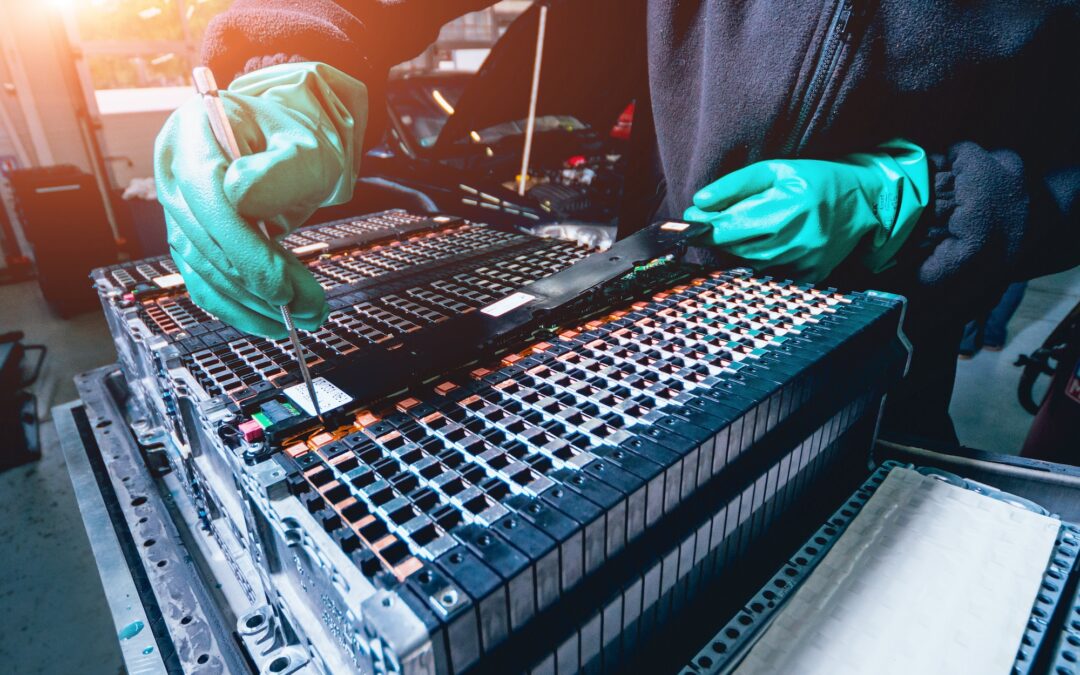Batteries are common devices used as a source of electrical power. There are two types of batteries: primary and secondary. Primary batteries are considered “single-use” or disposable and cannot be recharged. These include alkaline batteries and zinc-carbon batteries. A secondary battery is a rechargeable battery. These include the lead-acid battery used in automotive vehicles, trucks, forklifts, and other equipment. These batteries are recharged by applying an electric current using a charging device. Batteries contain chemicals that can pose a hazard to workers if not handled properly.
Discussion Points:
• Two types of batteries: primary and secondary
• Batteries contain chemicals that can pose a hazard to workers if not handled properly
• Employees must have an awareness of hazards and receive special training before working with batteries
• Always wear sufficient protective clothing and accessories when handling batteries
• Follow manufacturer’s instructions when operating, maintaining and recharging batteries
Discussion:
Lead-acid batteries contain sulfuric acid in the highly corrosive electrolyte. It can eat holes in clothing, burn skin and eyes, and cause severe injury or death if precautions are not taken. It can release toxic gases into the atmosphere and cause fire or an explosion if the work area is not well- ventilated. Employees must have an awareness of the hazards and receive special training in proper handling procedures before working with lead-acid batteries.
When handling batteries, always think safety first. Safety measures to follow include: When storing a battery, do not place it on its side or upside down; do not use damaged or leaking batteries; observe the correct polarity when installing batteries, do not mix batteries of different types, such as rechargeable and non-rechargeable, or alkaline and non-alkaline; do not mix batteries of different brands; do not mix new and old batteries; never lean over the battery when boosting, testing, or charging; keep batteries away from cigarettes, sparks, flames, and other ignition sources; make sure the work area is well-ventilated, and never attempt to handle batteries with bare hands. Always wear sufficient protective clothing and accessories when changing or checking a battery. Appropriate PPE includes chemical splash goggles and a face shield, acid-resistant gloves, apron, and boots. Always remove jewelry when working around batteries and keep tools and metal objects away from uncovered batteries. Mishandling batteries can result in high-voltage electric shock. Batteries should be kept clean and maintained regularly. Maintain fluid levels. When adding water, use distilled water only. The minerals in tap water can alter the battery chemistry. Water should be added after fully charging the battery. Before charging or discharging the battery, the water level should be just above the plates. Workers who operate, maintain, and recharge batteries should follow the manufacturer’s instructions.
As always, stay safe out there!


Recent Comments